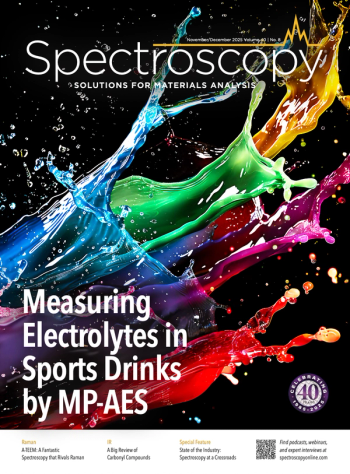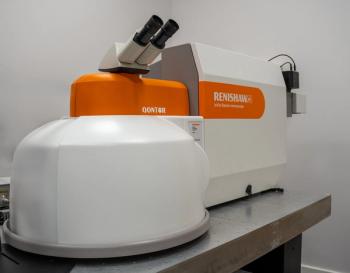
Revolutionizing Coal Analysis: Rapid NIRS-XRF Calorific Value Analyzer Boosts Efficiency in Coal Preparation Plants
A recent study shows how near infrared (NIR) spectroscopy and X-ray fluorescence (XRF) spectroscopy was integrated to create a new coal calorific value analyzer.
A new rapid coal calorific value analyzer was developed by a research team that promises to optimize coal preparation plants' operations, improving efficiency, and enhancing economic benefits (1). In a recent study from the Journal of Analytical Atomic Spectroscopy, the study details the successful integration of near-infrared (NIR) spectroscopy and X-ray fluorescence (XRF) spectroscopy in the creation of this new technology for the coal industry (1).
The research highlighted in the study demonstrates the benefits of the analyzer. This value analyzer improves upon coal quality assessment, impacting industries like coal mining, washing, power generation, and coking.
The rapid NIR-XRF coal spectroscopic calorific value analyzer is a comprehensive system consisting of six core components: the NIRS module; XRF module; sample delivery module; control module; hydrogen production module; and operation software. Key to the analyzer's success is the introduction of a novel quantitative analysis algorithm based on partial least squares regression (PLSR), known as the holistic-segmented model (1).
The researchers tested the analyzer on four different types of product coals, including clean coal, middling coal, slime, and gangue, sourced from the daily production of the Duanshi coal preparation plant. They compared the results obtained from the analyzer to traditional chemical analysis results.
The analyzer outperformed its counterparts. The root mean square error of prediction (RMSEP), the average absolute error (AAE), and the average relative error (ARE) for the coal calorific value predictions using the holistic-segmented model showed a remarkable decrease (1). RMSEP decreased from 0.65 MJ/kg to 0.33 MJ/kg, AAE decreased from 0.55 MJ/kg to 0.28 MJ/kg, and ARE dropped from 4.71% to 2.71%, effectively cutting the errors in half (1).
Moreover, the average standard deviation (SD) decreased from 0.29 MJ/kg to 0.09 MJ/kg. These results reflect a substantial improvement in measurement accuracy and repeatability (1).
Notably, the analyzer's measurements exhibited consistency with traditional chemical analysis results, emphasizing its potential to become a crucial tool for the coal industry. In conclusion, the introduction of the rapid NIR-XRF coal calorific value analyzer offers a transformative approach to coal quality assessment, promising a cleaner, more efficient, and intelligent means of coal utilization (1).
This article was written with the help of artificial intelligence and has been edited to ensure accuracy and clarity. You can read more about our
Reference
(1) Gao, R.; Wang, S.; Li, J; et al. Development and application of a rapid coal calorific value analyzer based on NIRS-XRF. J. Anal. At. Spectrom. 2023, 38, 2046–2058. DOI:
Newsletter
Get essential updates on the latest spectroscopy technologies, regulatory standards, and best practices—subscribe today to Spectroscopy.



